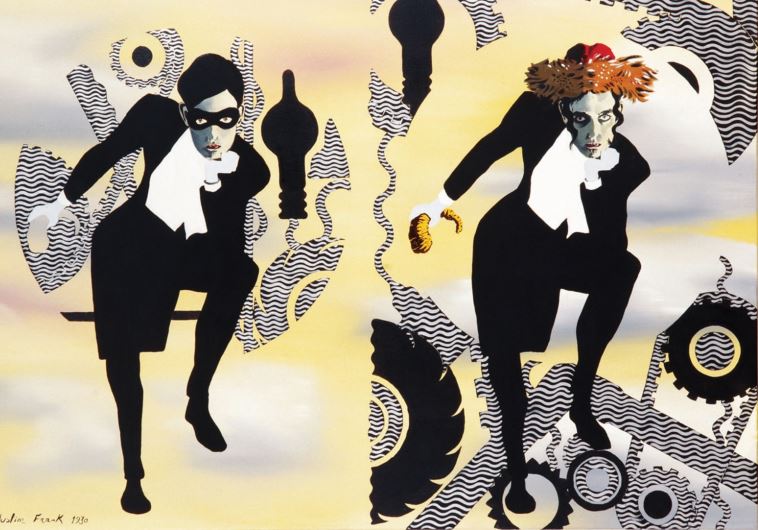The many faces of Roee Rosen
Much of Rosen’s work has involved the use of text, which is often interwoven with characters he has created.
 Using the invented figure of Justine Frank (and bearing her signature), ‘The Sisters Frankomas.’(photo credit: ROEE ROSEN)Updated:
Using the invented figure of Justine Frank (and bearing her signature), ‘The Sisters Frankomas.’(photo credit: ROEE ROSEN)Updated: